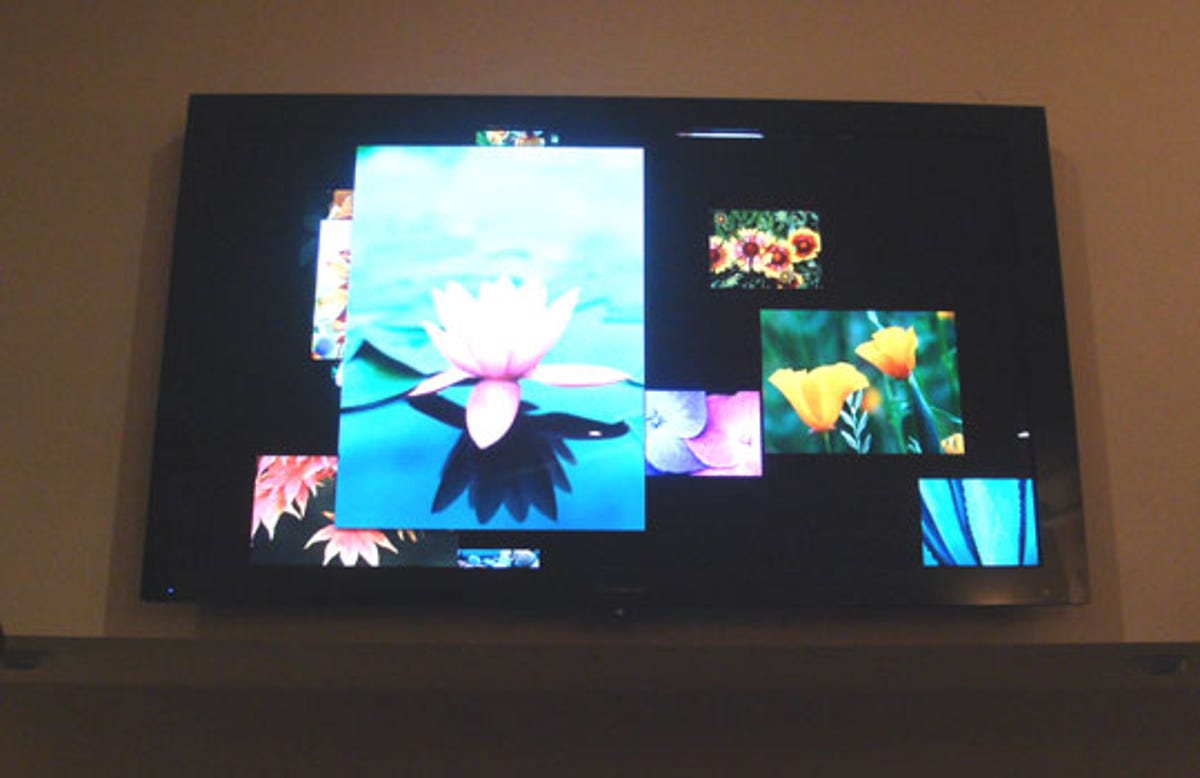
Everyone knows Pioneer makes epic TVs. The PDP-LX6090 and the LX5090 have the most stunning blacks we’ve ever seen, as well as a generally amazing picture that wows the pants off everyone who sees it. The exciting news is that Pioneer has a new pair of 50- and 60-inch screens, designed to offer even more than the LX range. The Kuro KRP series is aimed at people who simply must have the best kit money can buy, which makes the choice of acronym even more puzzling.
The most obvious and major difference to the LX series is the size of the TVs. Sure, from the front they look like any other TV, but from the side they’re so skinny they virtually disappear. Sony recently announced a significantly thinner TV, but it doesn’t arrive until the end of the year and we have no idea how good it will be. The Pioneer, on the other hand, uses proven technology and looks delightful.
The KRP-600 is so slender there isn’t much room in the case for gubbins like TV tuners and HDMI connectors. Without such things a TV isn’t a TV at all, but fear not, because Pioneer has solved the problem by providing a media receiver — a little box of tricks that takes all your devices and sends their signals to the TV down one special cable.
The connection from the media box to the TV is based on DisplayPort, although Pioneer has modified it to suit its own needs. The box itself has a number of inputs, including three Scart sockets, three HDMI inputs and one HDMI output, as well as a network port and component video out. And that’s just the back. At the front, under a flap, is a VGA input, a fourth HDMI, composite video in and two conditional access module slots.
In addition to Freeview, the media receiver can accept signals from a satellite dish. This, we are at pains to point out, doesn’t mean it’s compatible with either Sky or Freesat. It can decode MPEG-4 HD signals, which means you should be able to get BBC HD, but ITV HD is an interactive service, and thus won’t be available. Sky could be, if it would allow a CAM to be produced — the receiver has two CAM slots, one for terrestrial, one for satellite.
Another key feature that separates these TVs from the ‘standard’ Kuros is the colour sensor. This little box of tricks sticks to the TV with a magnet and watches its surrounding environment for ambient light. It does this in tandem with a more traditional light meter, the idea being if you have tungsten lighting it’s very different in colour to sunlight, which is something digital photographers will be very familiar with. The TV can compensate for these variances automatically and quite quickly, so if the ambient light changes you should always be getting the best picture.
The KRP-500 and KRP-600 will be available in October and cost £2,800 and £4,700 respectively. They won’t be available just anywhere — these TVs are designed to be sold by specialist AV stores, which have the understanding to explain the advantages of these screens’ technology.
After all that, it seems rather cruel not to show you some pictures of the TV in action. So click next to start a glorious slide show of technological joy. -Ian Morris


A photo can’t really convey how thin this TV really is, but rest assured, it’s very skinny indeed.
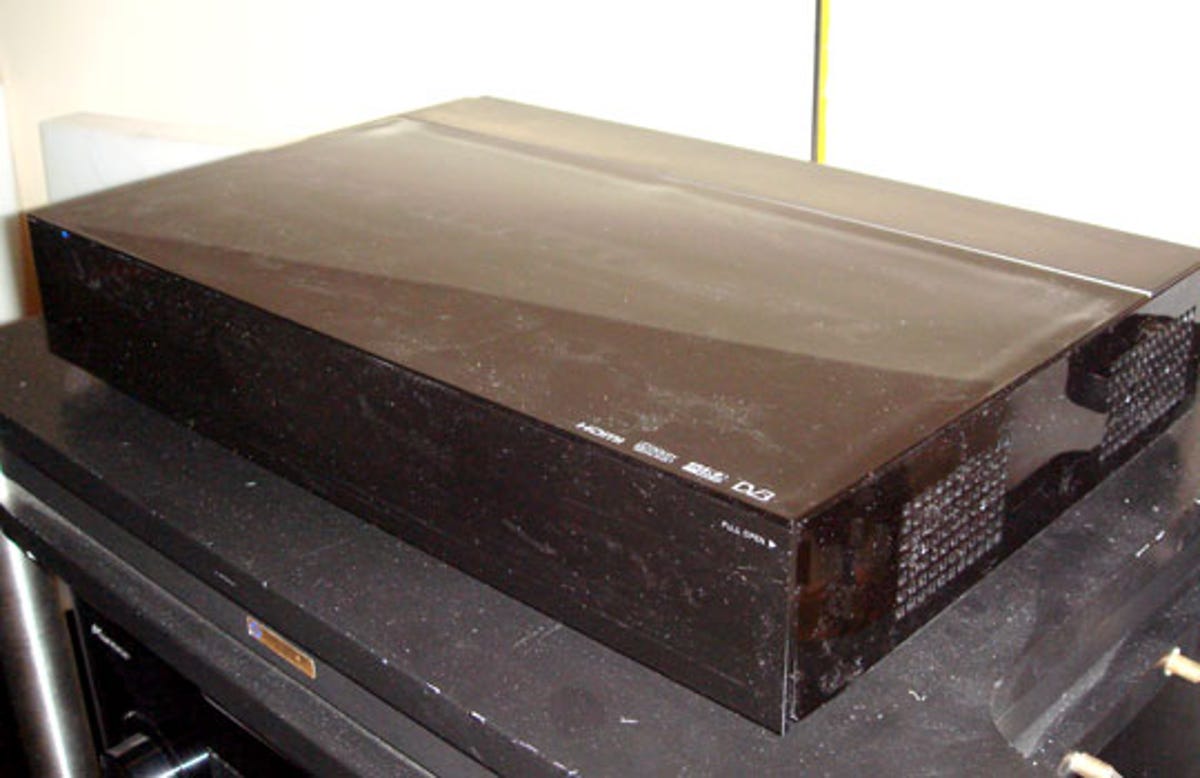

Here’s the media receiver, bathed in the slightly overwhelming light from a flash on a compact camera. In person this box is sleek, black and beautiful, with a drop-down flap that has a gloriously smooth motion.
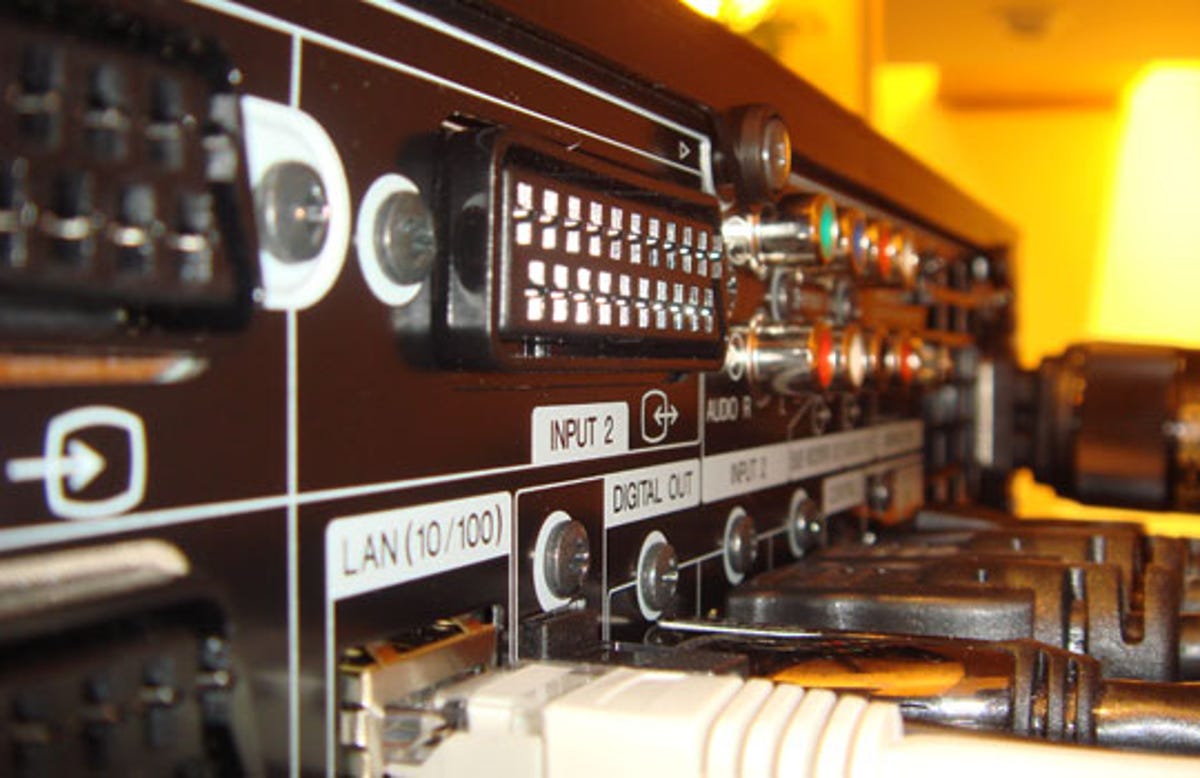

Here’s the rear panel of the media receiver — you can see the network port, HDMI sockets and the Scart inputs.
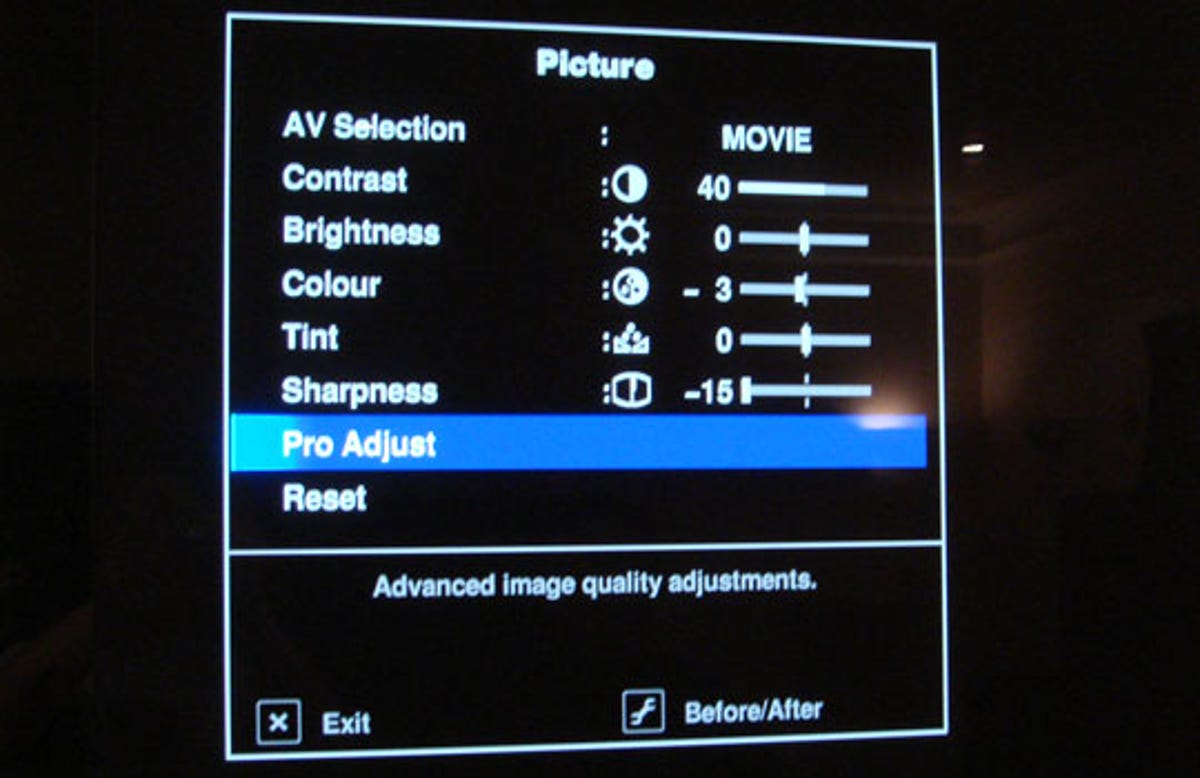

The menus on the KRP series are much better designed than those on the LX series.
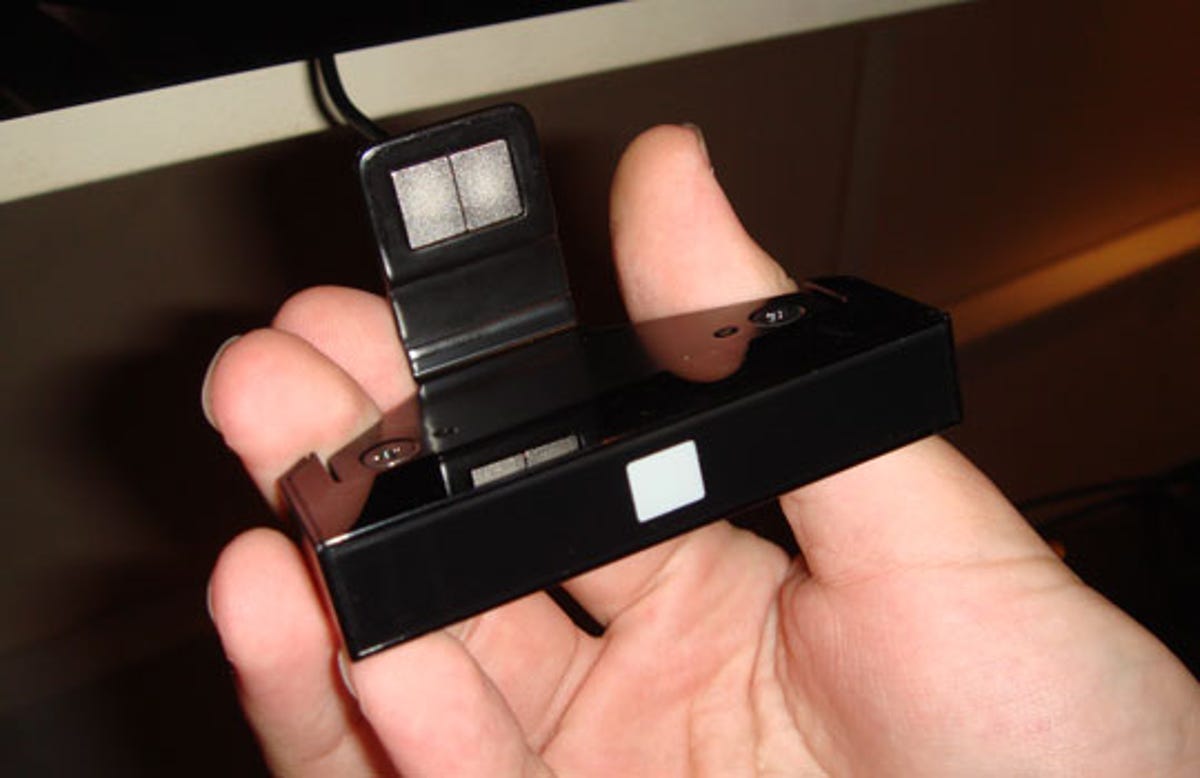

This is the colour sensor, which monitors the lighting conditions in the room and adjusts the TV picture to compensate. It’s detachable, and can be attached anywhere to the TV with a magnet.


The TV allows you to view a histogram of the ambient light. You can use this to see how the TV is reacting to the light in the room, and watch it dynamically adjust the settings. This takes place with around a 3-second lag.
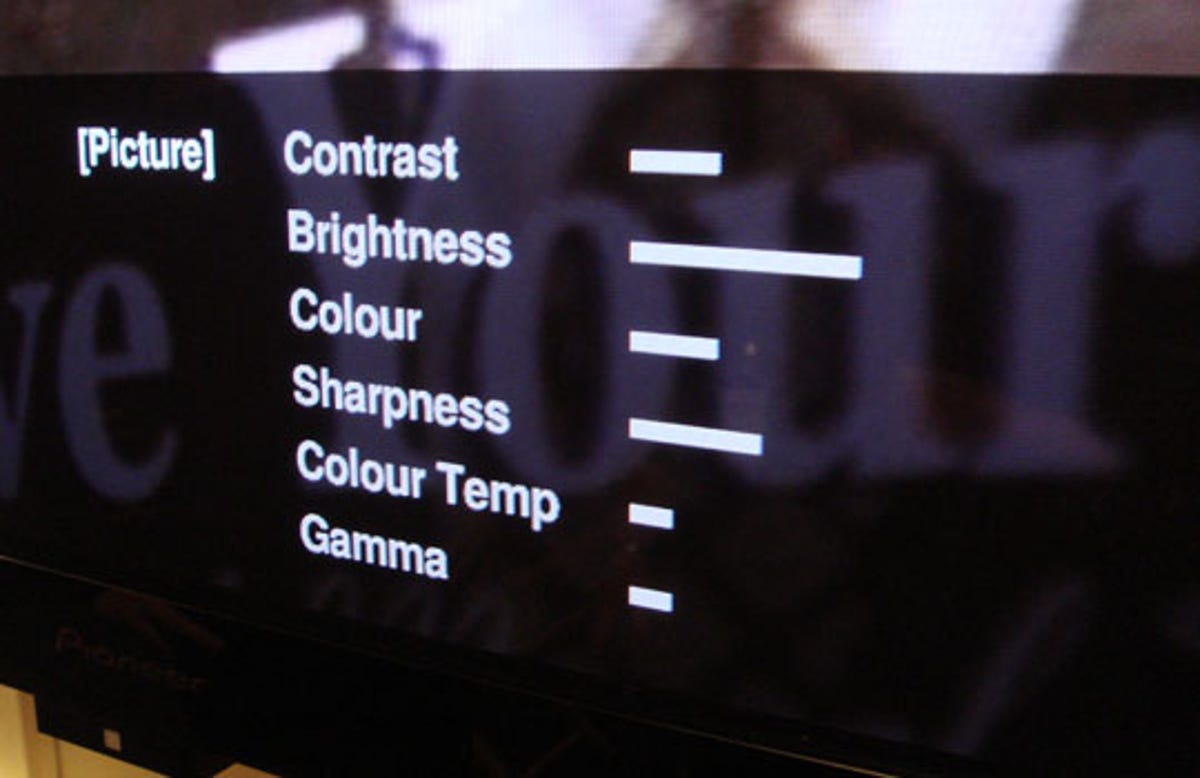

Here you can see the values that the TV can adjust on the fly. During our demonstration we noticed that the TV adjusted the sharpness and brightness most when the lights were turned from full to minimum.


The remote control is Pioneer’s usual classy affair. This time though, the company has added a cool blue backlight to the important keys.




